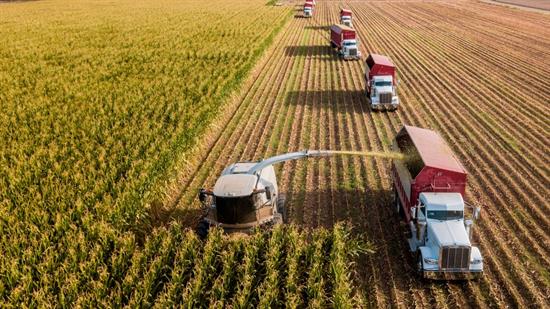- Home
- About
-
Services
- Art Competition
- Community Project Funding Map
- Congressional App Contest
- Congressional Certificate
- Event Request
- Flag Request
- Grants
- Grant Letters of Support
- Help with a Federal Agency
- Inauguration
- Internships
- Kids Page
- Meeting Request
- Service Academy Nominations
- Tour Requests
- Vietnam Veteran Commemoration
- Government Shutdown FAQ
- Issues
- Media
- Contact

Menu
In the News
Valley farmers, 2 congressmen want to hear from you about the new Farm BillFresno Bee Op-Ed
Washington,
February 13, 2023
Tags:
Agriculture
The last two years have been defined by uncertainty — a global pandemic, war in Ukraine, supply chain disruption, record inflation and skyrocketing costs from the gas pump to the grocery store. America’s agriculture sector was not spared from these challenges. In fact, despite these challenges, the nation’s farmers and ranchers continued to provide the safest, most abundant and affordable food and fiber supply to not only our nation, but also the globe.
Read the Op-Ed in the Fresno Bee
The last two years have been defined by uncertainty — a global pandemic, war in Ukraine, supply chain disruption, record inflation and skyrocketing costs from the gas pump to the grocery store. America’s agriculture sector was not spared from these challenges. In fact, despite these challenges, the nation’s farmers and ranchers continued to provide the safest, most abundant and affordable food and fiber supply to not only our nation, but also the globe. The resiliency of America’s food production and distribution systems are inextricably linked to our economic and national security. As we begin 2023, it’s important we reflect on the past and build for an even stronger future. We have an opportunity to do just that through the 2023 Farm Bill reauthorization process. The Farm Bill is legislation that governs a wide range of agricultural and food programs and is typically reauthorized every five years. This bill has a direct impact on not only farmers and ranchers, but every American family. Food security is national security, and a Farm Bill that reflects the needs of our domestic growers is critical to ensuring they’re able to put food on tables, gas in tanks, and clothes on backs. With the current bill set to expire at the end of September, oversight has begun to review implementation of the 2018 Farm Bill. This process traditionally starts by hearing directly from producers across the country about what’s working, what’s not, and where they need support most. To pass a Farm Bill that works for all rural communities, our priorities must be dictated by what we’re hearing from America’s farm families. Our first official stop to gather input in the Central Valley. On Tuesday, we will host a bipartisan Farm Bill Listening Session at the World Ag Expo in Tulare. The feedback from farmers, ranchers, producers, and agribusiness owners will be incredibly valuable as begin to craft the 2023 reauthorization. California is more than coastline and Disneyland — the state produces nearly half of U.S.-grown fruits, nuts, and vegetables. The Valley is the agricultural heartland of California, and with less than 1 percent of our nation’s farmland, the Central Valley supplies a quarter of our nation’s food. The reputation as America’s breadbasket comes from the help of nature, and a whole lot of hard work and skill from our farmers, ranchers, and producers. It’s these hardworking men and women whose opinions are vital to crafting a Farm Bill that puts producers first and strengthens our food supply chain. We expect to hear a great deal about skyrocketing input costs, fractured supply chains, attacks on domestic energy production, regulatory burdens, and inflation levels not seen since the Carter administration. Unfortunately, the headwinds our producers are facing have been further exacerbated by the Biden administration through unchecked spending and nonsensical regulatory actions — creating needless uncertainty and challenges to the daily operations of a farm. Many folks, including Biden administration officials, are quick to tout record farm income, suggesting it also means record profit for our farmers, but that couldn’t be further from the truth. At the end of the day, farming is a business, and high input costs continue to weigh heavily on the minds of our farmers. In fact, 45% of producers surveyed cited rising costs as their No. 1 concern for 2023. It’s a big deal to have the Valley front and center in early discussions about the Farm Bill. California grows more than 400 different commodities, from almonds and table grapes to tomatoes and avocados. Because of this, we expect the issue of crop insurance, especially for our specialty crops, to be a top priority for many local growers. It’s also going to be important to improve market access for our agricultural producers as they continue to suffer from the harmful impacts of the pandemic and subsequent supply chain disruptions. We will continue to gather input from folks across the country to write a Farm Bill that reflects the needs of our domestic farmers, ranchers, and producers, including those in California’s Central Valley. |

